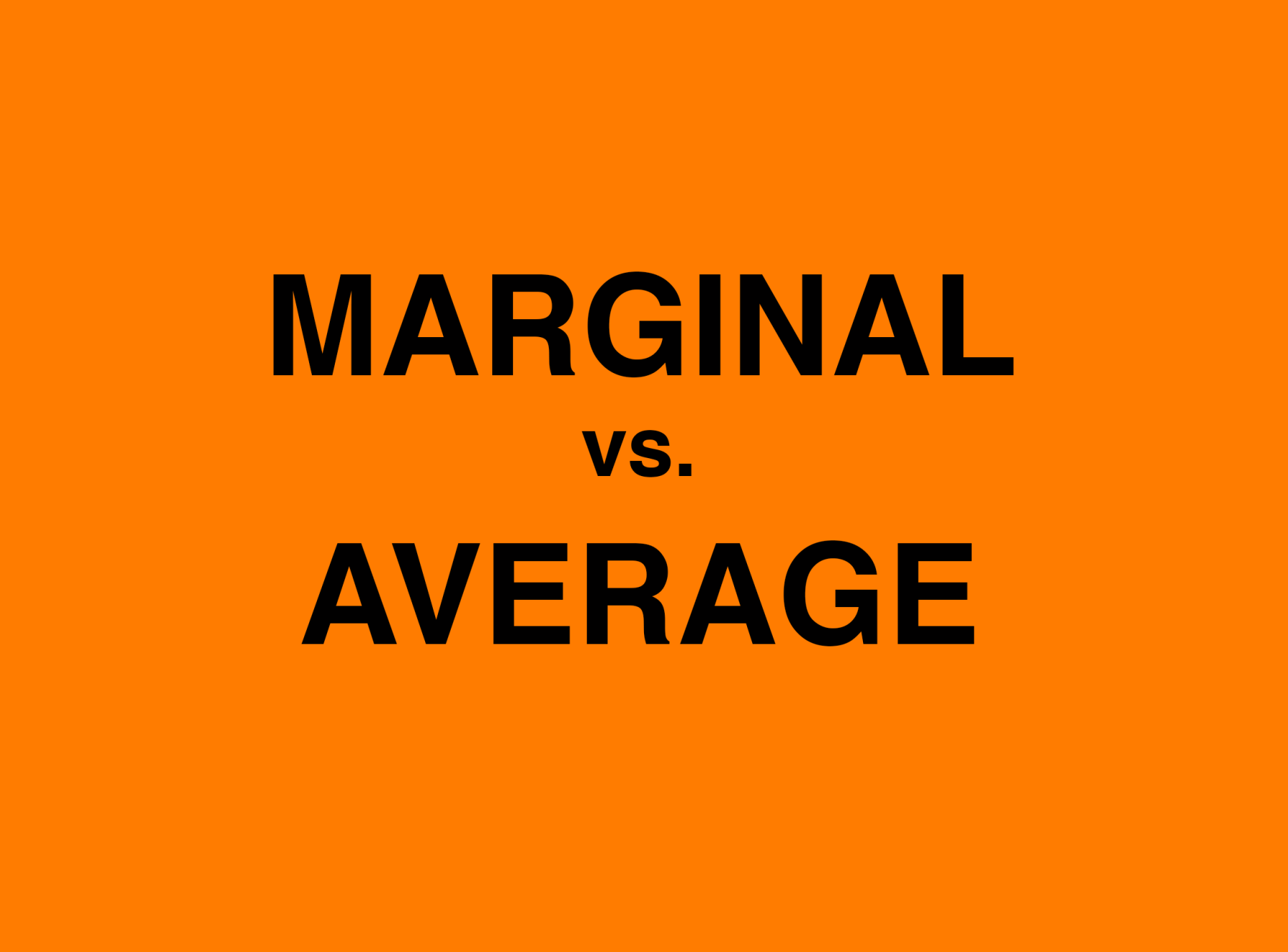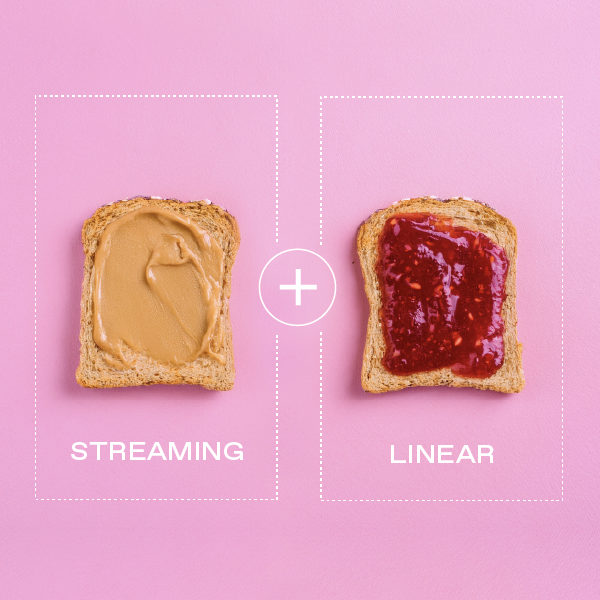
Marginal versus average costs
When marketers talk about the cost of advertising campaigns, they usually think of customer acquisition cost. It is a simple metric that can be obtained by dividing the total cost of advertising by the total number of acquired customers. For instance, if a marketer spent $100,000 on an advertising campaign and acquired 100,000 customers, the customer acquisition cost would be $1.
What most marketers miss is that the customer acquisition cost is simply an average cost. While it shows how much on average the marketer spent on each customer, it does not answer a vastly more important question — what was the additional cost of acquiring one more customer? In other words, what was the marginal cost?
It is essential to understand this distinction because optimizing advertising campaigns should always be done at the margin, and not at the average. As more customers are acquired during the campaign, the cost of acquiring an additional customer is likely to keep increasing. For instance, it will be more difficult and expensive to acquire the millionth customer than it was to acquire the first one. Marketers should therefore use the marginal cost to determine if they should spend more or less in each channel.
The ability to increase marketing spend (or acquire more customers) without quickly escalating marginal customer acquisition costs is often referred to as scale in the industry. Savvy marketers will seek channels that not only perform well (i.e. the marginal acquisition costs are low relative to other platforms) but also offer scale (i.e. the marginal acquisition costs do not escalate quickly). Among all marketing platforms, TV excels at offering scale, which is one of the reasons why we love TV at Tatari. This can be best seen by comparing the marginal cost curves of TV and digital platforms in the graph below.
Therefore, it is important to revisit the entire customer acquisition at the margin and not the average. Interestingly, digital platforms like Facebook will often only report average costs while ignoring marginal costs. Marketers can, however, use a simple rule of thumb to estimate the value of marginal cost in cases when the average cost keeps increasing with additional spend. By indicating that the ratio of average to marginal cost is roughly one half, they can tell that the marginal cost is approximately twice the average cost. So, for example, if the average customer acquisition cost through Facebook is $70, marketers can estimate that the true marginal cost is $140.
At the same time, focusing only on marginal costs is not enough to execute an efficient campaign. Adjusting for incrementality is equally important, and in our article on the comparison of TV and Facebook, we discuss this concept by focusing on prospecting versus retargeting campaigns.

Joel Lander
I’m head of strategy and I have lots of ideas.
Related
Why Linear + Streaming Work Better Together
When one advertiser shifted from a dual-channel TV strategy to streaming-only, performance quickly declined. See what happened when they turned linear back on.
Read more
Conversations on the Croisette: Tatari Explores the Future of TV Media Buying at Cannes
Speaking at this year’s Cannes Lions, Tatari took the stage to show that performance TV can be both measurable and creative—all while leveraging AI to plan smarter and drive stronger results.
Read more
Is Dynamic Ad Insertion Reality or BS? Publishers Weigh In
Can Dynamic Ad Insertion (DAI) really change how we watch TV ads? Publishers say it’s the future. Discover why DAI could rewrite the rules of TV advertising.
Read more


